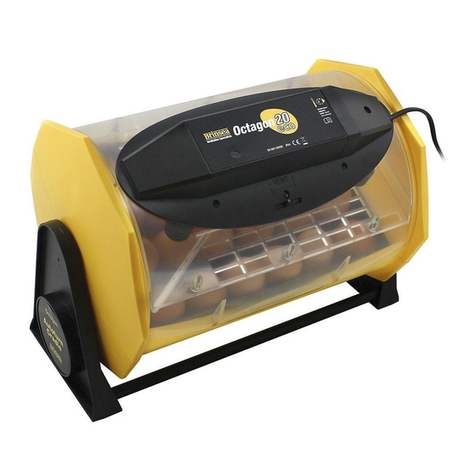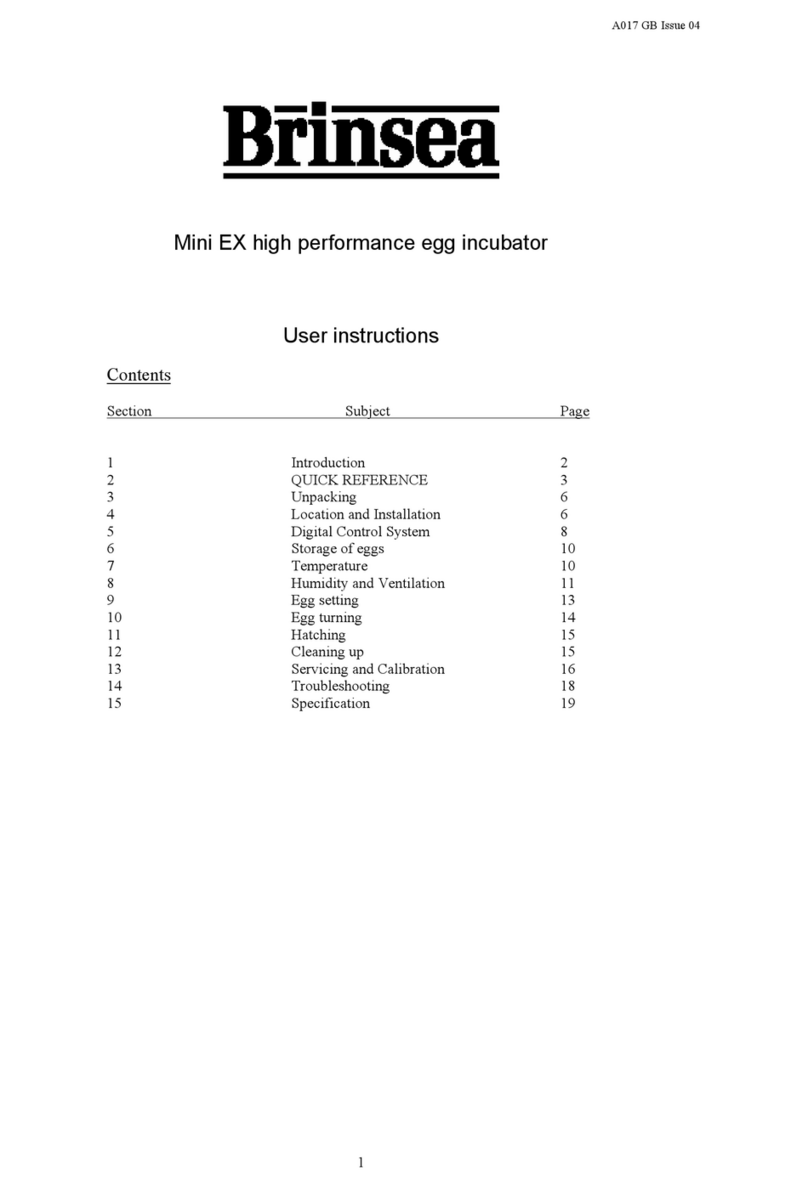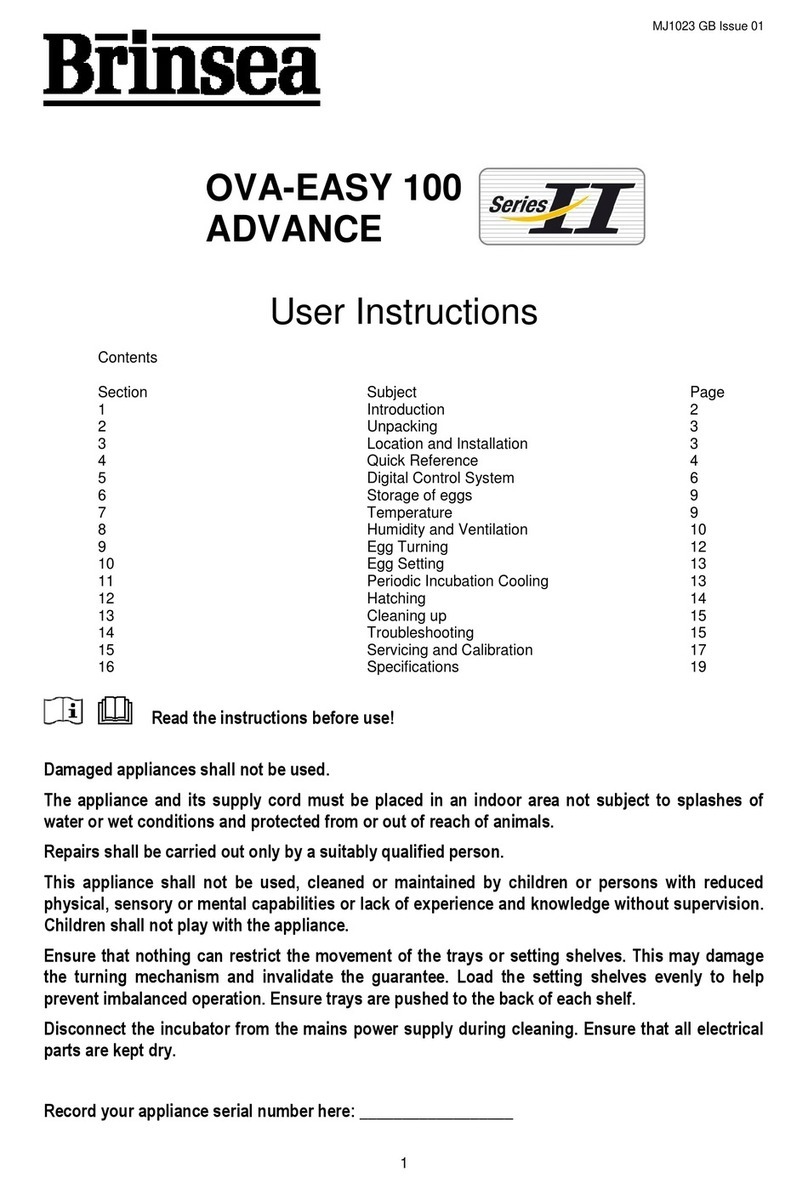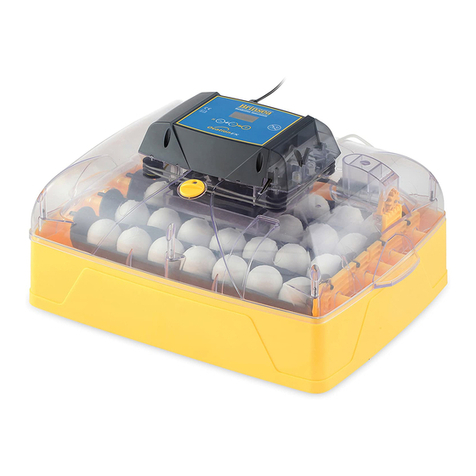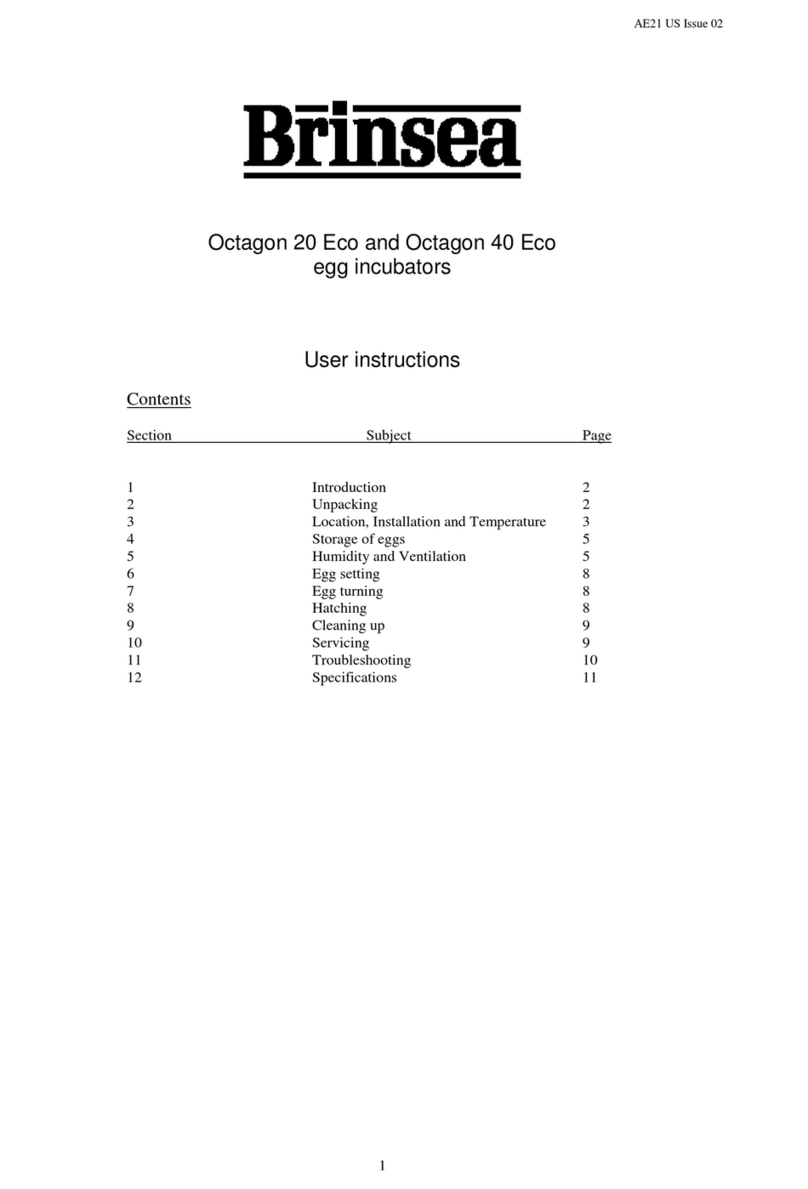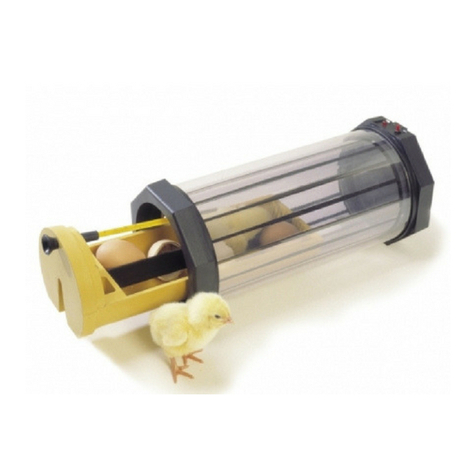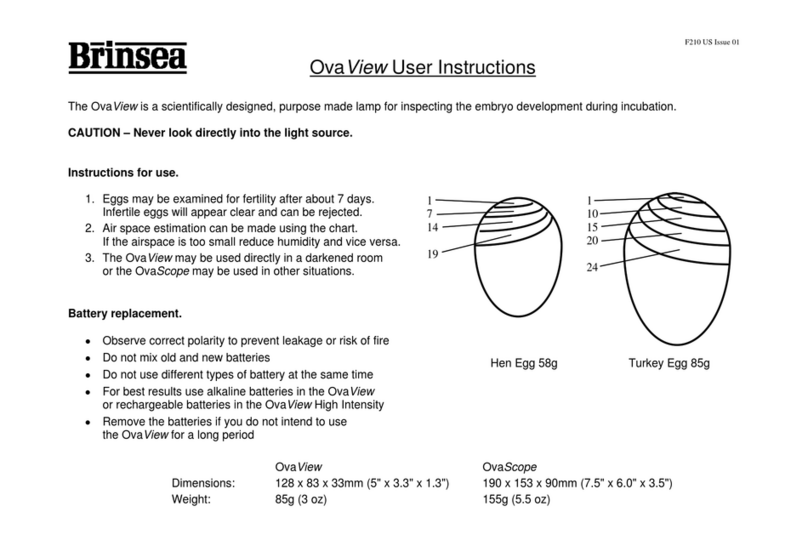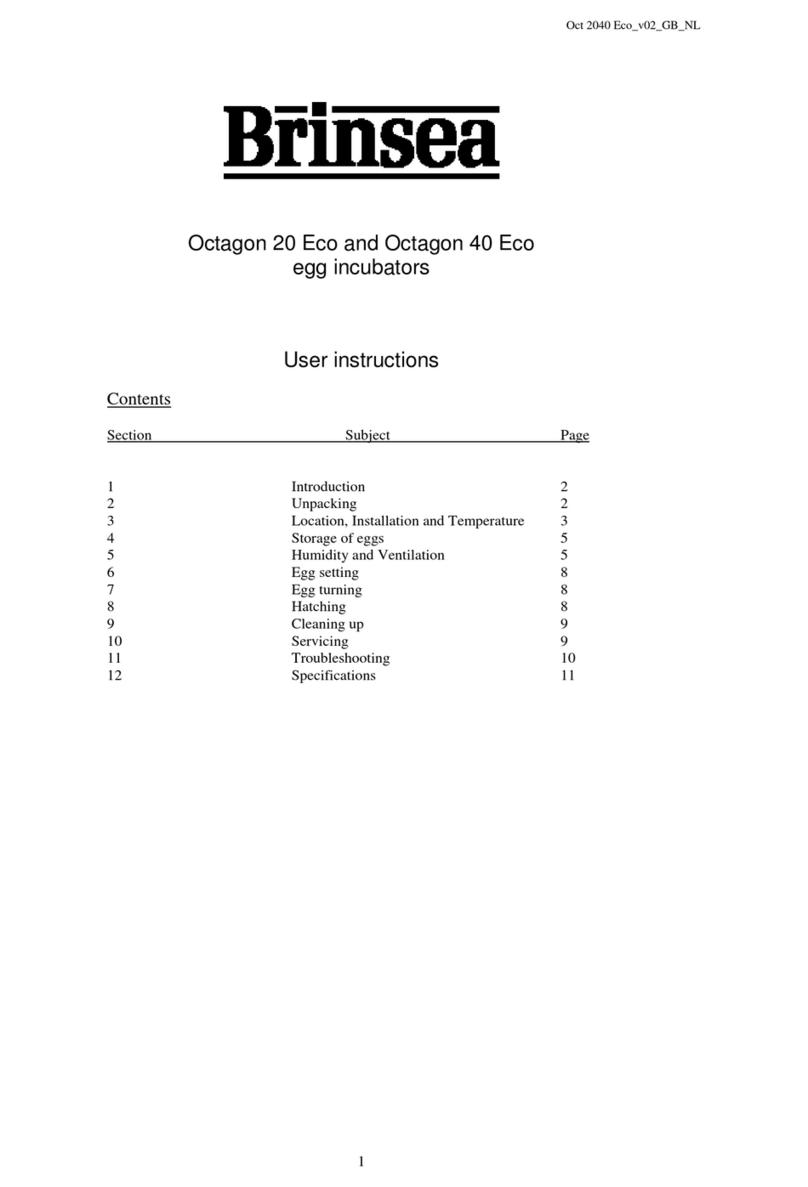
2
Contents
Contents....................................................................................................................................................2
1Introduction......................................................................................................................................3
2Unpacking........................................................................................................................................5
3Storage of Eggs................................................................................................................................5
4Modes of Operation .........................................................................................................................6
5Setting Up Your Contaq Z6.............................................................................................................6
5.1 Location ..................................................................................................................................6
5.2 Humidity Sensor .....................................................................................................................7
5.3 Contact Mode..........................................................................................................................7
5.4 Forced Draft Mode..................................................................................................................8
5.5 Conveyor Assembly................................................................................................................9
5.6 Setting Eggs ..........................................................................................................................11
5.7 Rear Panel Connections ........................................................................................................13
5.8 Incubation Settings................................................................................................................13
6Temperature...................................................................................................................................15
7Humidity........................................................................................................................................16
8Turning ..........................................................................................................................................18
9Cooling ..........................................................................................................................................20
10 Hatching.........................................................................................................................................20
11 Servicing and Cleaning..................................................................................................................21
11.1Humidity Pump Tube............................................................................................................21
12 Troubleshooting.............................................................................................................................22
12.1 Poor Hatching Results...........................................................................................................22
13 Technical Fault Finding.................................................................................................................23
13.1 Engineering (ENG) Mode: -..................................................................................................23
13.2 System Values.......................................................................................................................25
13.3 Temperature Calibration .......................................................................................................26
14 Specification ..................................................................................................................................28

